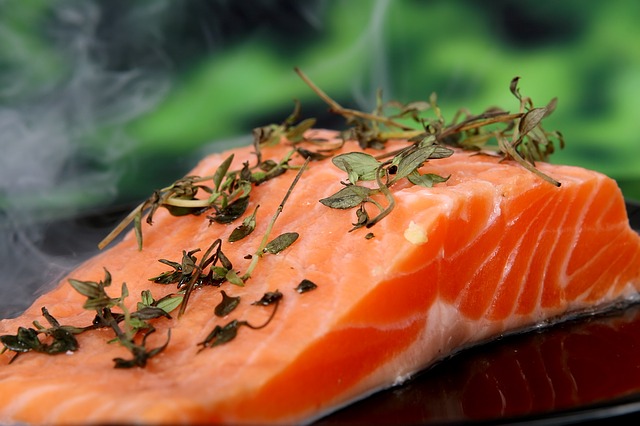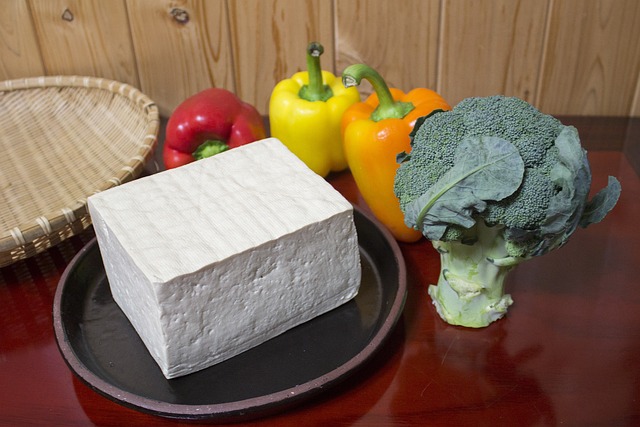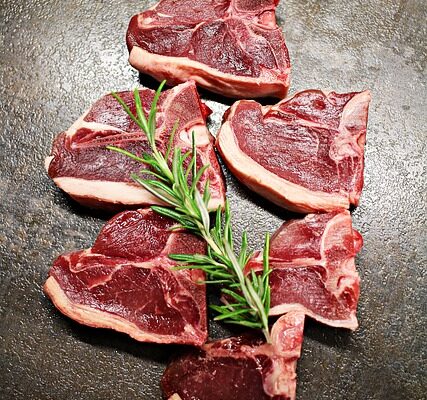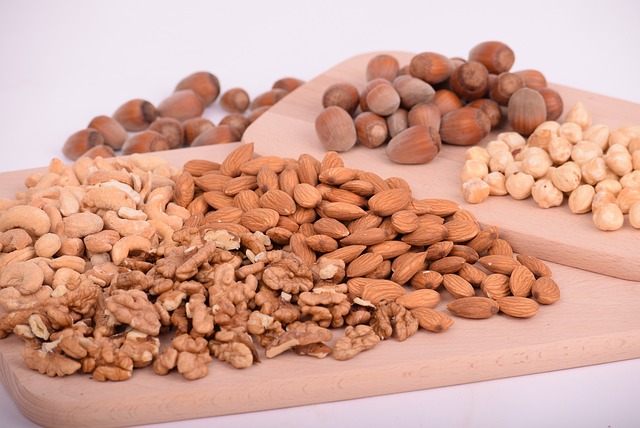It is critical to consume enough protein on a daily basis to meet your body’s requirements. So, How much protein do I need? Protein should account for 10% to 35% of your total calories. This number changes depending on your body composition, health, level and type of activity.
Protein assists your body in maintaining adequate fluid balance, building and repairing tissues, transporting nutrients, and performing other essential processes.
Understanding how much protein you require is dependent on a variety of factors that alter over time and with particular lifestyle choices. Everyone requires a different quantity, but finding what is best for you is easy if you understand the aspects involved. Continue reading to find out more.
How to Determine How Much Protein You Require
Protein should account for 10% to 35% of your daily calorie intake. You can also target a specific quantity of grams of protein to consume every day when assessing your protein needs. You can also use your weight, degree of activity, and lean body mass.
Percentage of Total Daily Calories
According to current U.S. Department of Agriculture (USDA) dietary standards, adults should consume 10% to 35% of their total calories from protein. To get your number and measure your consumption, you must first know how many calories you consume on a regular basis.
Discover How Many Calories You Burn Each Day
You may find some basic programs online to calculate this.
Once you’ve determined how many calories you consume, multiply that figure by 10% and 35% to determine what you need. For example, if you burn 2,000 calories per day, for example, you would need to intake 200 to 700 calories per day from protein.

Daily Protein Grams
As an alternative to the % strategy, you can aim for a precise number of protein grams each day. To obtain a range of protein grams per day, simply convert the % range into a specific protein gram range. The math is simple.
Protein contains four calories per gram. Multiply the two calorie ranges by four. If you burn 2,000 calories that means you need to intake 200 – 700 calories of protein which means you need to consume 50 – 175 grams of protein. Depends on BMI(body mass index) and Activity
Other factors to consider when determining a more specific protein goal are muscle mass and/or physical activity level.
What’s the Average?
A person weighing 165 pounds or 75 kg would require around 60 grams of protein each day because you need to eat 0.8 grams of protein per kg of body weight.
If you are really active, your protein requirements may increase. Athletes most definitely require extra protein.
Studies recommend that athletes consume between 1.2 – 2.0 grams of protein/kg of their weight per day, with endurance athletes consuming the least and strength and power athletes consuming the most.
Protein’s Health Advantages
Protein aids in the maintenance of body structures such as muscles, organs, the nervous system, blood, skin, and hair. It also acts as a carrier for oxygen, lipids, vitamins, and minerals.
Furthermore, because protein-rich meals take longer to digest, they can help you lose weight. You are more likely to feel full and satisfied after eating a protein-rich meal.


Some protein foods are also good for your health. Legumes have high protein and fiber, and they include phytochemicals that may be beneficial to one’s health. Salmon, tuna, herring, and trout are abundant in protein and omega-3 fatty acids. Which are great for your health benefit.
Deficiency
Unlike fat and glucose, our bodies have limited storage capacity for protein. If you stop eating protein, your body will begin to break down muscle. In wealthy countries, protein deficiency is uncommon. However, it is possible if you do not eat enough food every day.
Overconsumption
Protein, on the other hand, can be over-eaten. Some people assume that extra protein is eliminated through the urine. However, only a small portion of the protein is excreted. A portion of the protein either becomes glucose for energy or stored as fat.
So, if you eat too much protein and hence consume too many calories, you risk gaining weight. If you eat more protein than you require while keeping your calories balanced, you will not gain weight despite the extra protein.
Make sure your calorie goal is met by consuming protein, carbohydrates and fat for your body to function correctly.
Furthermore, high protein consumption can be taxing on the kidneys. People with some types of renal illness must limit their protein intake.
The key to optimal nutrition is achieving the proper macronutrient balance. Even elite athletes can become dehydrated from eating a lot of protein. If you eat a high-protein diet, you should drink enough water.
Best Protein Sources
Protein can be obtained from both plant and animal sources, and either form can meet your protein requirements. Because plant sources lack all of the required amino acids, they are not called complete proteins. As a result, eating a diverse range of plant-based proteins that include all of the essential amino acids is critical.
Seafood and meat
Protein sources include meats, poultry, fish, seafood, eggs, and dairy products. Each contains all of the required amino acids as well as several other nutrients found predominantly in animal diets, such as iron, B vitamins, and zinc.
Salmon, tuna, and herring are good sources of omega-3 fatty acids EPA and DHA. Which are almost solely found in seafood and are important for health.
A 258g chicken drumstick (leg, thigh, and back) has 62 g of protein. The protein content of a 6-ounce serving of salmon is 34g.
Plant-Based Protein
Some vegetables, such as spinach and kale, contain a trace of protein. Quinoa and other whole grains are similarly high in protein (1 cup contains about 8 grams of protein).
Choose recipes and cooking methods that retain the nutritional benefits of plant proteins to keep them healthy. For example, replace meat in a stir-fry with tofu, add nuts or seeds to a supper salad, or make dry beans like kidney, navy, or black beans your primary protein source for a few meals.
How to Consume Enough Protein
Here are some ideas for including additional protein in your healthy diet.
- Breakfast should consist of scrambled eggs and spinach.
- Low-fat turkey bacon or sausages are preferable. Even better, check for sodium-free brands.
- Top a vegetable side dish with seeds or chopped nuts.
- Consume a handful of almonds as a snack.
- Purchase lean cuts of meat and accompany them with a variety of dark green and vibrant vegetables.
- Consume more seafood. Choose between roasted or poached fish.
- Instead of fried chicken, serve baked or roasted chicken.
- Stir-fry chicken or tofu with fresh vegetables.


Remember that one serving of protein typically consists of between 3 to 5 ounces of fish, meat, or poultry; one egg; 1.5 ounces of cheese; or approximately 12 walnuts.
Other ways can also be used to consume the appropriate portion quantity. A dish of meat, poultry, or fish is roughly the size of your palm. A serving of cheese is equal to two dice. Remember that these portion sizes vary depending on appetite, weight, age, activity level, and other factors.
To Conclude
Many publications that provide protein requirements include figures for both adult males and women. However, different populations may require more or less protein to manage a medical condition or to grow.
Pregnant and breastfeeding women require more protein than non-pregnant women.
Folks over the age of 65 may require an intake of more protein than middle-aged adults.
However, protein consumption should be reduced in people who have liver or kidney illnesses.
Determine your recommended daily protein goal with the help of a doctor or a dietician.

